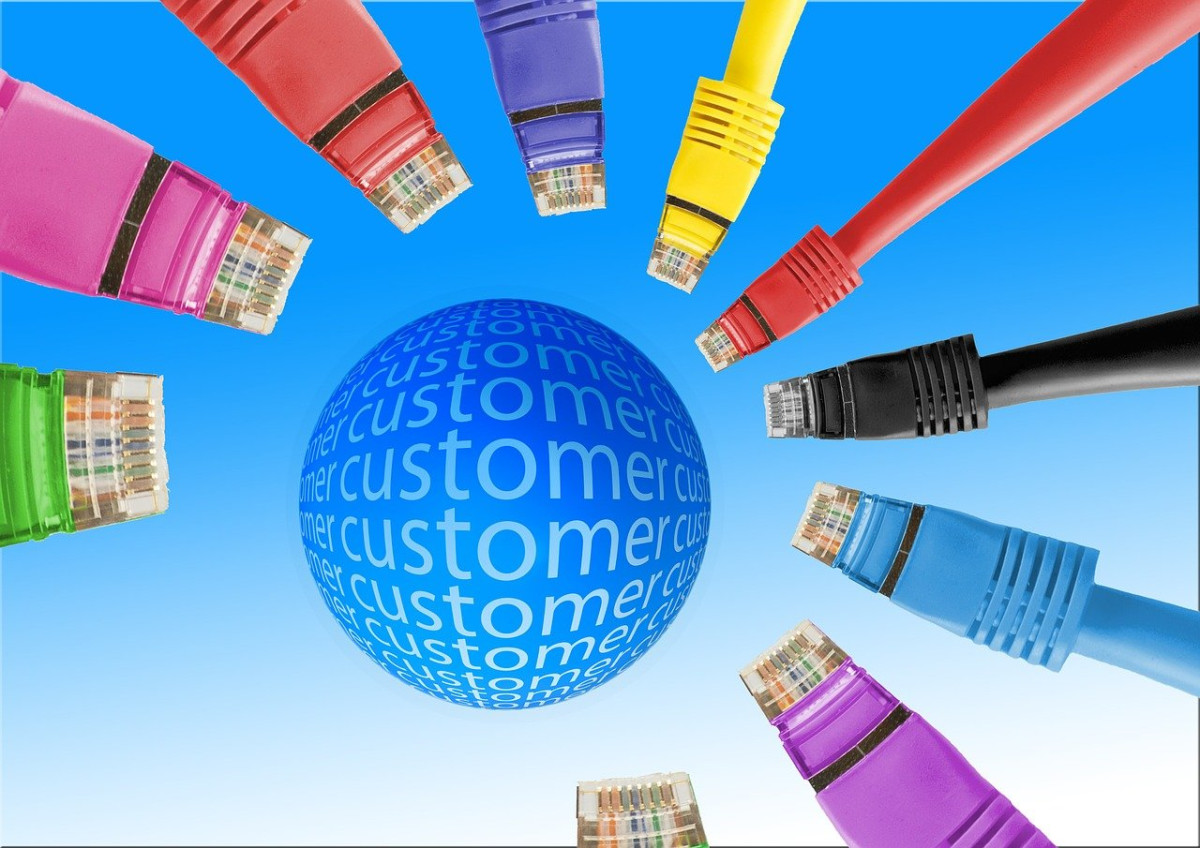This is where personalized customer service comes into play. It is a type of customer interaction characterized by tailored recommendations and guidance. This helps customers navigate the options with confidence, leading to a more satisfying experience and fostering trust in the brand's understanding of their specific needs.
What Is Personalized Customer Service?
Personalized customer service involves tailoring interactions and experiences to meet the specific needs, preferences, and expectations of individual customers.
It goes beyond a one-size-fits-all approach and focuses on understanding each customer's unique characteristics, behaviors, and history with the business.
This understanding allows for customized communication, product recommendations, problem-solving, and overall service delivery. The aim is to enhance customer satisfaction and loyalty by making each customer feel valued and understood. Ultimately, this leads to a more meaningful and long-lasting relationship between the customer and the business.
Examples Of Personalized Customer Service
As an example, let's use a frequent online shopper who often purchases sports apparel. With personalized customer service, the online store can use past purchase data to recommend new sports gear arrivals or notify them of upcoming sales on their preferred items.
This tailored approach not only saves the customer time but also makes them feel understood and appreciated, encouraging repeat purchases and loyalty to the brand.
Another example would be customers who purchased a specific printer model. Personalized customer service in this case can involve sending them a follow-up email with tips on optimizing printer performance based on the specific model they bought.
The email could also offer assistance in setting up additional features or provide information about compatible accessories. This tailored assistance ensures the customer has a smooth experience with their new printer, increasing their satisfaction and establishing a positive perception of the brand's dedication to their individual needs.
How To Implement Personalized Customer Service Strategies
Implementing personalized customer service involves understanding each customer's unique needs and preferences to tailor your approach. You may follow these steps:
Start by collecting relevant customer data, like purchase history and preferences.
Use this information to personalize interactions, product recommendations, and assistance.
Train your staff to actively listen and adapt their responses to each customer.
Utilize technology, like customer relationship management (CRM) systems, to organize and access customer data effectively.
Regularly gather feedback to improve your strategies and ensure a more personalized experience for every customer.
While it takes patient and constant training of staff to make this happen, in most cases the effort is truly worth it. Once personalization is implemented in a company’s customer service landscape, the challenge now shifts to building and maintaining that customer-centric culture.
The Impact Of Personalization On The Customer Lifecycle
Personalization is not only beneficial in the post-purchase scenario. It can also greatly benefit various stages of the customer lifecycle. For example:
Awareness and Discovery. Tailored content and targeted ads can capture a potential customer's attention based on their interests and online behavior.
Consideration and Research. Personalized product recommendations and comparison tools help customers make informed decisions aligned with their preferences and needs.
Purchase and Conversion. Customized promotions, discounts, or personalized bundles can incentivize a purchase and enhance the overall buying experience.
Post-Purchase Engagement. Personalized thank-you messages, follow-up emails, and product usage tips demonstrate care and encourage customer satisfaction and retention.
Retention and Loyalty. Personalized loyalty programs, exclusive offers, and personalized communication can foster long-term relationships and encourage repeat purchases.
Advocacy. Encourage satisfied customers to refer friends or write reviews by providing personalized incentives and rewards for their loyalty and advocacy.
Incorporating personalized customer service at every stage of the customer journey cultivates stronger connections, boosts loyalty, and drives business growth. Tailor your approach and elevate the customer experience today.

